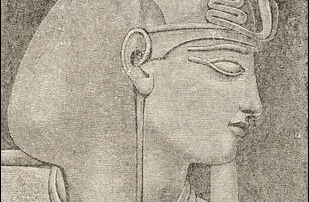Pesach – Time of our Freedom
The holiday of Passover – Pesach – is called zman cheruteinu– time of our freedom. As we have discussed many times on this blog (see Interpreting Dreams; It’s the time, stupid! Carpe Diem; Mezuzah and Time; Riddle — the answer; Splitting the Sea), freedom can only be obtained by mastering time. Everything about celebrating Passover is related to time. It all starts on the Rosh Chodesh Nissan (the New Moon, the beginning of the month of Nissan – marked by the renewal of the monthly lunar cycle – during which we celebrate Passover). On that day, the very first commandment was given to the Jewish people – the commandment to set the calendar by the lunar cycle, i.e., the commandment of keeping time. Classical commentators ask: Why the Torah (which means “Instruction”) does not have as [...]


